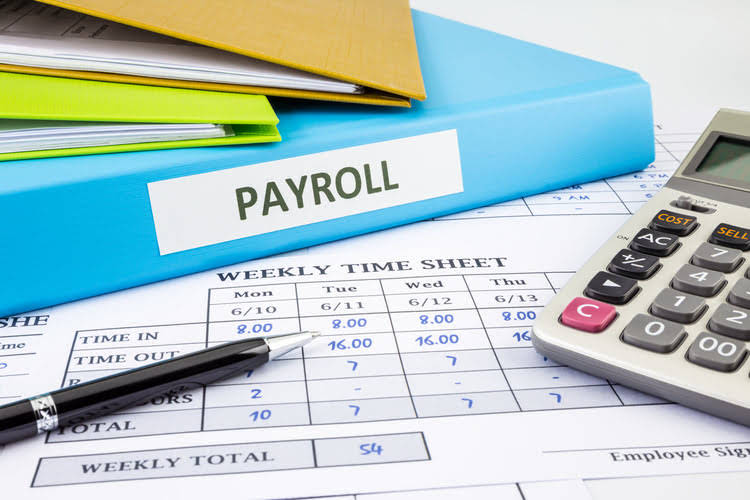
All payables go through a classification step called General Ledger (GL) coding. GL coding is an exhaustive process that helps identify a broad range of values for each invoice. All the above challenges faced by the AP processing team are mainly due to outdated manual processes. These challenges can be overcome by automating the AP process with the help of workflow automation tools like Cflow. The accounts payable process needs to be streamlined to manage the accuracy, consistency, and efficiency of every step in the process. The accounts payable process also includes the best practices related to these steps.

Trial Balance
This gives you deep visibility into where your funds are going, and performing cost-cutting becomes a breeze. A Zero Down client was having issues keeping track of their transactions through another provider, making it difficult to optimize their spending and reconcile payments with carriers. You can make GL coding work for your business by assigning unique GL codes to specific transactions and creating sub-categories. This hierarchy provides a more clear understanding of departmental expenses and specific line-level spend, which offers valuable insight into your costs that you can use to optimize your budgeting. In the digital age, automation is key to enhancing efficiency and accuracy in financial processes. By leveraging a tool like Nanonets for automating the General Ledger (GL) code assignment workflow, businesses can significantly reduce manual effort and minimize errors & balance sheet delays.

General Ledger Code: A Complete Guide

This visibility helps sourcing, procurement, and finance leaders make more informed decisions, uncover cost-saving opportunities, and manage vendor performance. Order.co allows companies to accurately catalog their financial transactions with less manual accounting work. For example, a company selling computer parts may assign GL code 1000 to all revenue accounts. The most crucial aspect of GL coding is that all transactions have a code corresponding to the correct activity and area. Accountants use the what is invoice coding general ledger to track every dollar that flows into or out of the company.

Latest Posts

These accounts help organizations keep track of their expenses and revenue-generating activities to ensure that they are financially stable over time. Since we typically follow a double-entry bookkeeping system, there has to be an offsetting debit entry to be made in your company’s general ledger. Either an expense or an asset forms part of the debit offset entry in the case of accounts payable. In order to figure out the accounts payable turnover ratio, you’ll first need to calculate the total purchases made https://www.bookstime.com/ from your suppliers. These purchases are made during the period for which you need to measure the accounts payable turnover ratio.
- A general ledger is a master record of all the company’s financial transactions.
- GL coding can also help you control costs by allowing you to analyze how the monthly spending of a department stacks up against its annual budget.
- If a sales tax is not paid for the sales-taxable goods or services (even from out-of-state vendors), the buyer is likely to be liable for a state use tax.
- An invoice might include dozens of line items, each needing to be coded differently.
- Freight audit and payment software automates GL coding by pre-coding invoices, leading to increased tracking precision and fewer errors.
- As with the manual coding process, the automated invoice coding process differs for PO and non-PO invoices.
It’s all too easy for inconsistencies to creep in, leading to vague or incomplete coding that can throw a wrench in your financial workflows. By analyzing this data, you can gain valuable insights into a company’s overall financial position, including its profitability and cash flow. Thus, understanding how these transactions post to a GL account is essential for any entrepreneur looking to stay on top of their company’s finances. These types can include income, expenses, assets, liabilities, equity, and revenues.
- In a manual process, where data in entered manually, the risk of errors is extremely high.
- The account may then be further divided into specific subcategories of the spend such as 2100 for ground shipping, 2200 for airways shipping, etc.
- Spreadsheets struggle to handle the large datasets or advanced categorization needed for high-volume GL coding.
- Invoice approvals often create significant snags and errors in the accounts payable process.
- Whether you’re dealing with a small business or a large corporation, these common issues can arise, making the process more complicated and time-consuming than necessary.
- Once you’ve reviewed all the invoices, the next step is to process those payments.
- Hence, a credit entry will increase the balance in Accounts Payable and a debit entry will decrease the balance.